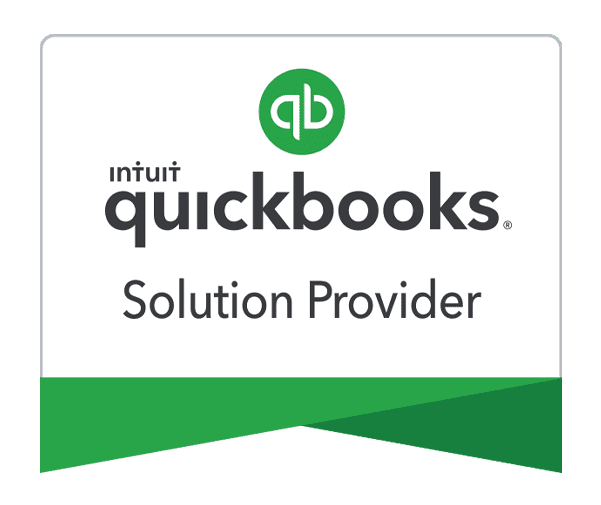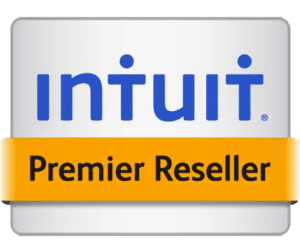Just register for the free trial below and we will send you everything you need to evaluate QuickBooks Online including 30-day access, the full 76-page QuickBooks Online Guide (details everything that you can do in the software) plus the video training library. Free end-to-end consultation and support are included so if you need any help along the way, just let us know!

Paygration, Inc.
Manually entering your transactions into QuickBooks Online can be time-consuming and prone to errors. You need to gather paper statements, receipts, and other financial documents and input the details manually, increasing the risk of data entry mistakes. Fortunately, QuickBooks Online allows you to connect your bank and credit card accounts to the platform to automate transaction entries.
In this article, we’ll discuss the benefits of connecting your bank and credit card accounts to QuickBooks Online, as well as the steps involved in setting up this integration.
Benefits of Connecting Banks and Credit Card Accounts to QuickBooks Online
- Time-Saving Automation: By connecting your banks and credit card accounts to QuickBooks Online, you can automate the data import process. Transactions will be imported automatically, reducing the need for manual input and saving valuable time. This automation allows you to focus on other critical aspects of your business.
- Accurate Financial Data: QuickBooks Online ensures accurate and up-to-date financial records. The direct connection ensures that transactions are recorded accurately, preventing discrepancies that can lead to financial inaccuracies.
- Real-Time Visibility: Connecting your accounts to QuickBooks Online provides real-time visibility into your financial health. With the bank feed in place, you can view your current cash position, monitor incoming and outgoing transactions, and track expenses effortlessly. Streamlined Reconciliation: Reconciling accounts is an essential part of financial management. By connecting your accounts to QuickBooks Online, the software can match imported transactions with those in your books. This simplifies the reconciliation process, reduces errors, and saves considerable time that would otherwise be spent manually cross-referencing statements.
- Enhanced Reporting: QuickBooks Online offers robust reporting capabilities, providing valuable insights into your business’s financial performance. By connecting your bank and credit card accounts, you have access to detailed transaction data that can be used to generate comprehensive reports.
Learn more about the banking features of QuickBooks Online.
If you would like to try the full version of QuickBooks Online Advanced, click here to get a free 30-day no-commitment trial plus access to the full video training library.
How to Connect Bank and Credit Card Accounts to QuickBooks Online
Navigate to the Banking Tab: Once logged in to your QuickBooks Online account, click on the Banking tab in the left navigation sidebar and then select the Banking dropdown.
Banking Center in QuickBooks Online
From the Banking Center, you’ll see a list of your connected banks. However, if it’s your first time connecting a bank account, you must click on Connect account or Link account.
Select Your Bank or Credit Card Provider: QuickBooks Online supports a wide range of banks and credit card providers. Choose the institution you want to connect to.
Selecting your bank or credit card to connect to QuickBooks
Provide Your Account Credentials: To establish the connection, enter your online banking or credit card account credentials. QuickBooks Online uses bank-level security measures to ensure the privacy and integrity of your data. Then, once your credentials are verified, you may need to authorize the connection between your bank or credit card account and QuickBooks Online. You just need to follow the on-screen prompts to complete the authorization process.
Select Accounts for Integration: After authorization, you will be prompted to select the accounts you want to integrate with QuickBooks Online. Choose the relevant bank and credit card accounts, ensuring they match your existing accounts in QuickBooks.
Review and Categorize Transactions: QuickBooks Online will automatically import your transactions on a daily basis, which you can review and categorize accordingly. This step ensures that transactions are accurately recorded in the appropriate accounts.
Set Up Automation Preferences: Configure automation preferences for future transactions, such as rules for categorization, automatic matching, and transaction reminders. These preferences help streamline the ongoing integration process.
For detailed instructions on connecting bank and credit card accounts to QuickBooks, watch the video below.
Wrap up
Connecting your banks and credit card accounts to QuickBooks Online offers numerous benefits for efficient financial management. The automation, accuracy, real-time visibility, streamlined reconciliation, and enhanced reporting provided by the bank feed feature simplify the financial tracking and decision-making processes.
















